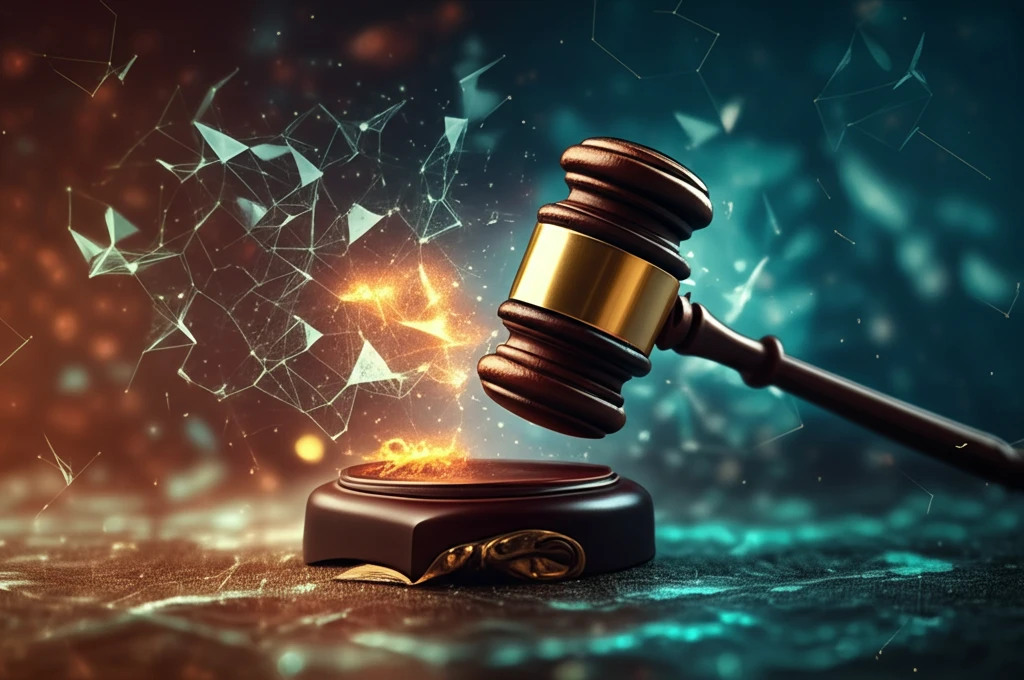
Can a New Auction System Fix DAO Governance?
"Exploring Contestable Control as a Solution to Entrenched Issues in Decentralized Autonomous Organizations"
Decentralized Autonomous Organizations (DAOs) have emerged as a novel form of organization. Operating largely through automated code execution, DAOs often rely on token-based voting for governance, mirroring shareholder voting in corporations. While promising decentralization, this approach faces challenges.
Governance issues in DAOs have garnered increasing attention. Current experimentation focuses on voting mechanisms, including quorum-based systems and delegation. However, token voting can clash with decentralization goals by allowing explicit control through token accumulation or implicit control due to voter apathy.
To address these issues, researchers propose a sequential auction mechanism that introduces temporary, contestable control within DAOs. This mechanism aims to avoid public choice problems inherent in voting systems while enhancing value and ensuring robustness against empty voting. It also facilitates regulatory compliance and promotes investment by deterring value destruction.
How Does the Sequential Auction Mechanism Work?

The proposed mechanism centers on a sequential auction, utilizing smart contracts to execute basic auctions. These auctions occur periodically, subject to early termination, and can be initiated by any party at any time, ensuring continuous contestability.
- Token Target Price: A bidder claims that with control, they can increase the token value to a specific target.
- Surplus Claim: The bidder specifies the portion of the generated token value increase they will claim.
- Toehold Disclosure: Bidders must reveal their current token holdings to ensure fair calculation of surplus distribution.
Is This the Future of DAO Governance?
The proposed sequential auction mechanism offers a promising approach to DAO governance. By creating temporary, contestable control and aligning incentives, it addresses key challenges related to entrenchment, value destruction, and regulatory compliance. While further research and development are needed, this mechanism could pave the way for more effective and equitable DAO governance.
